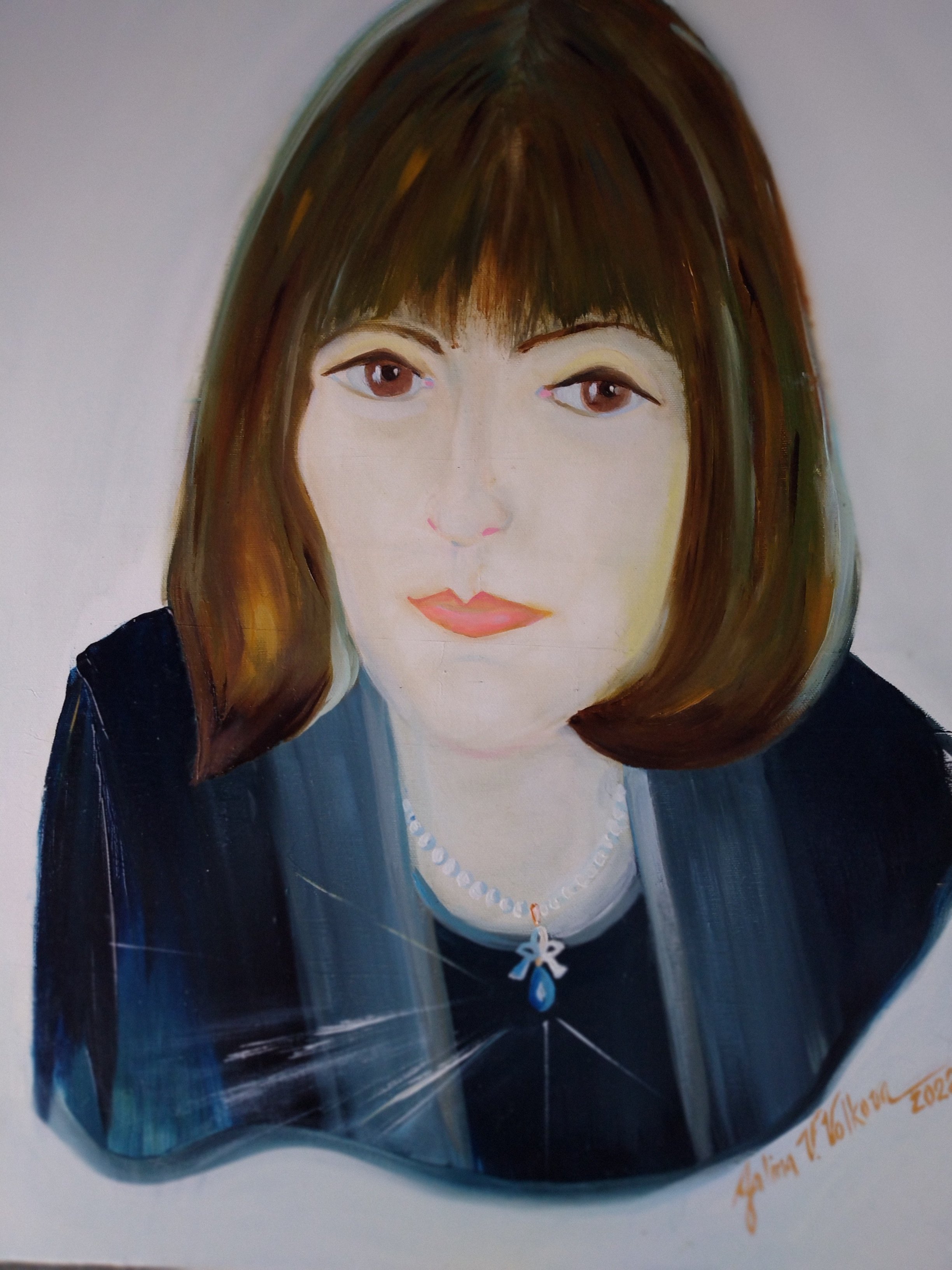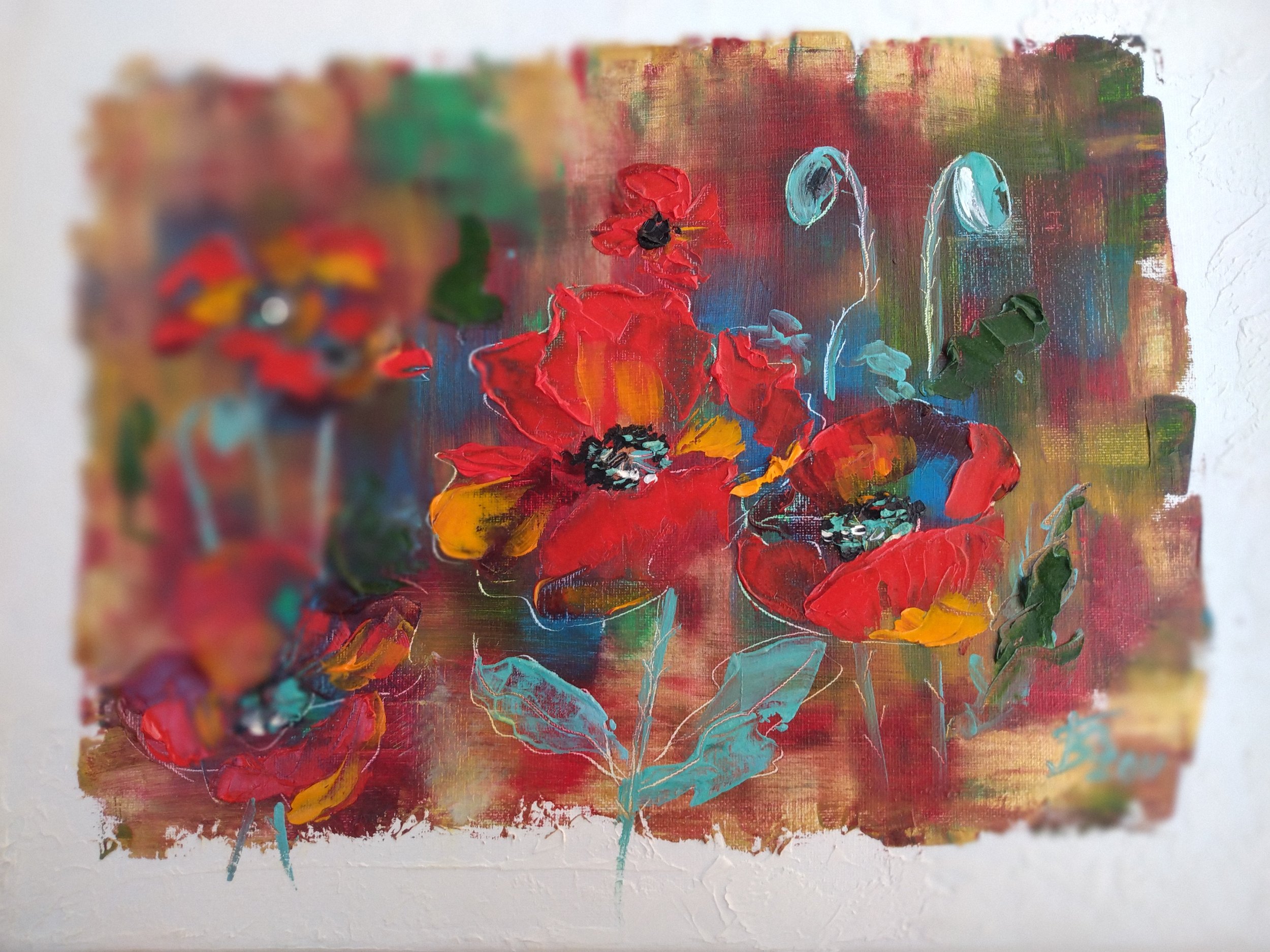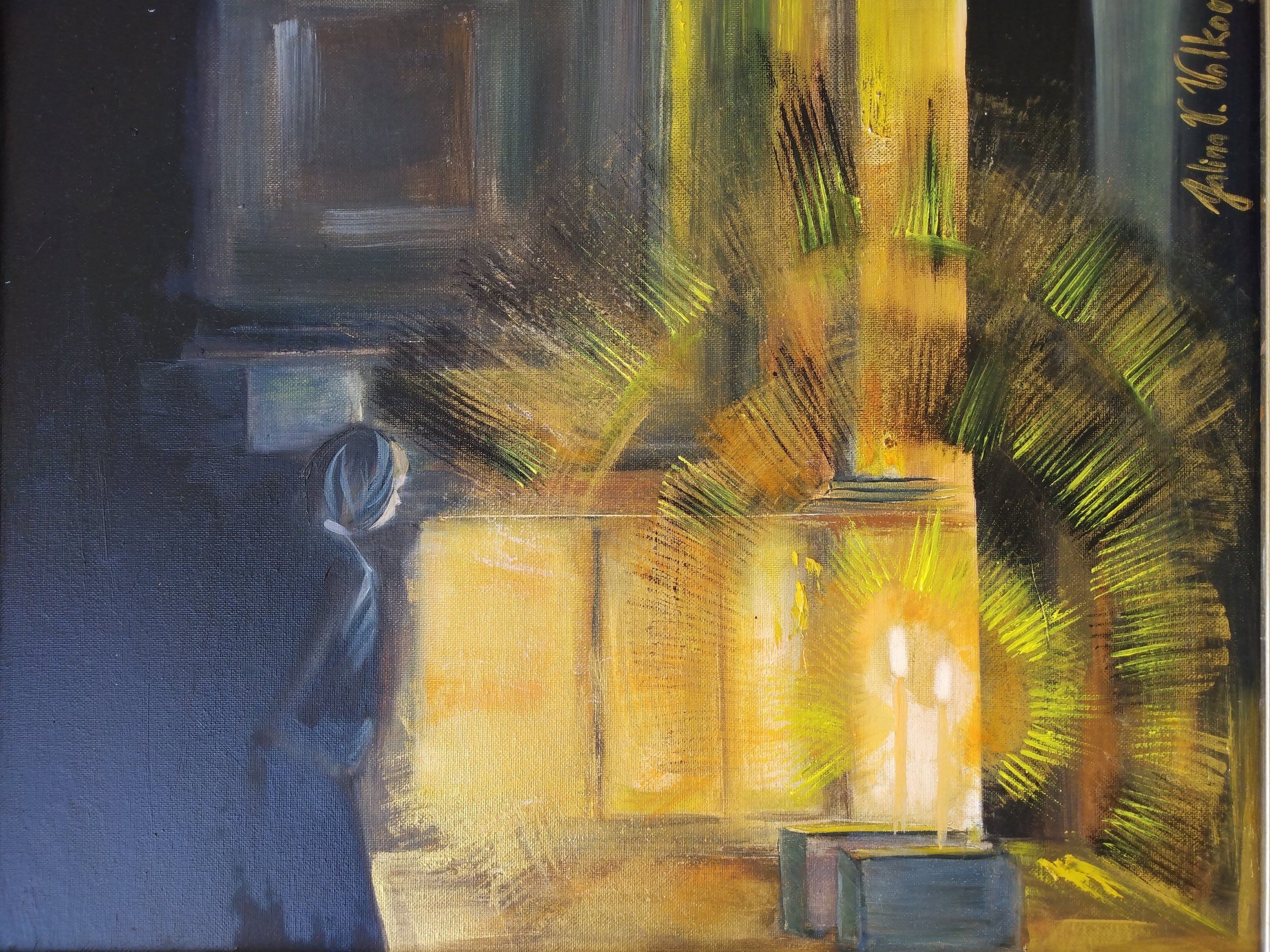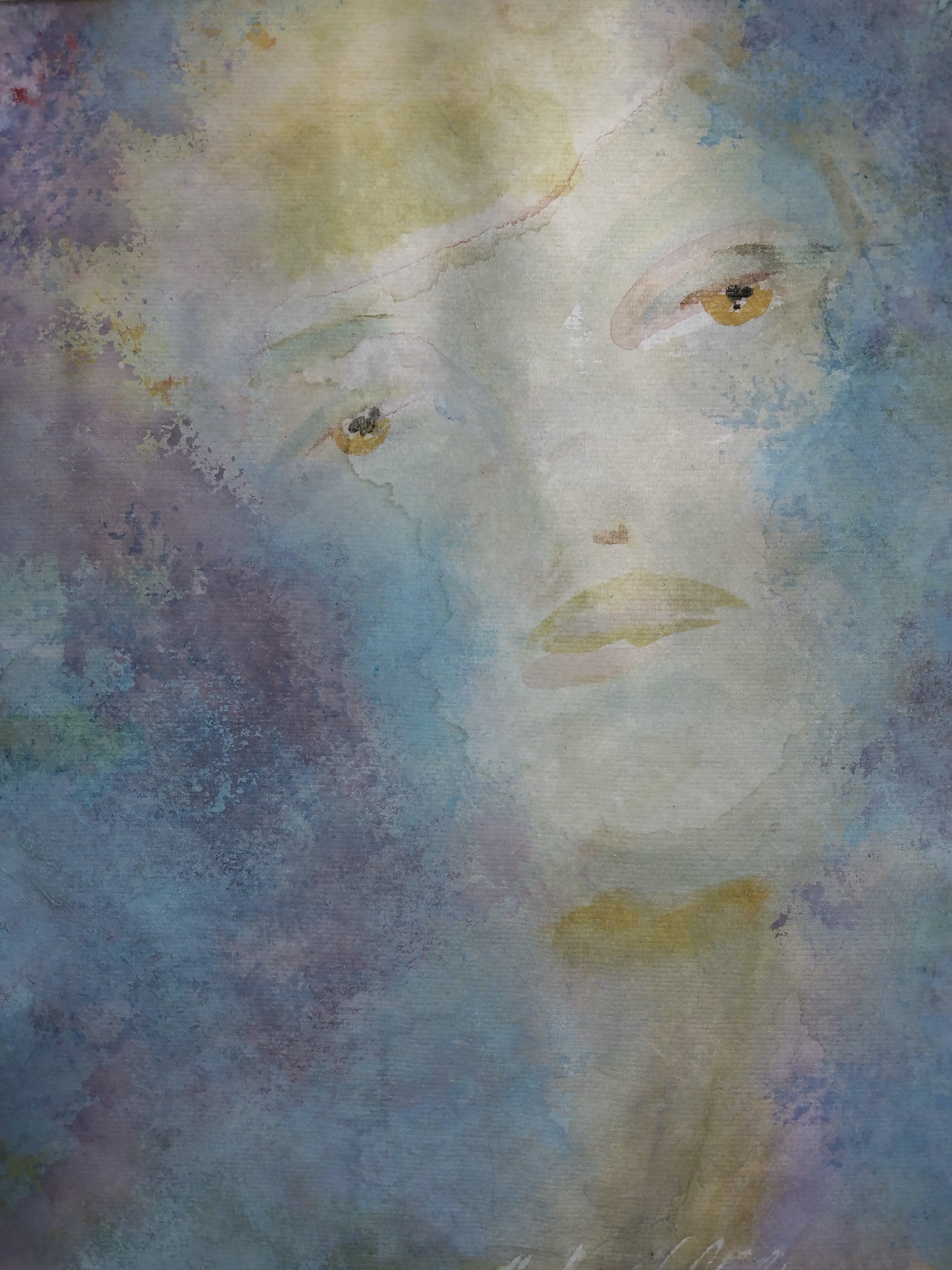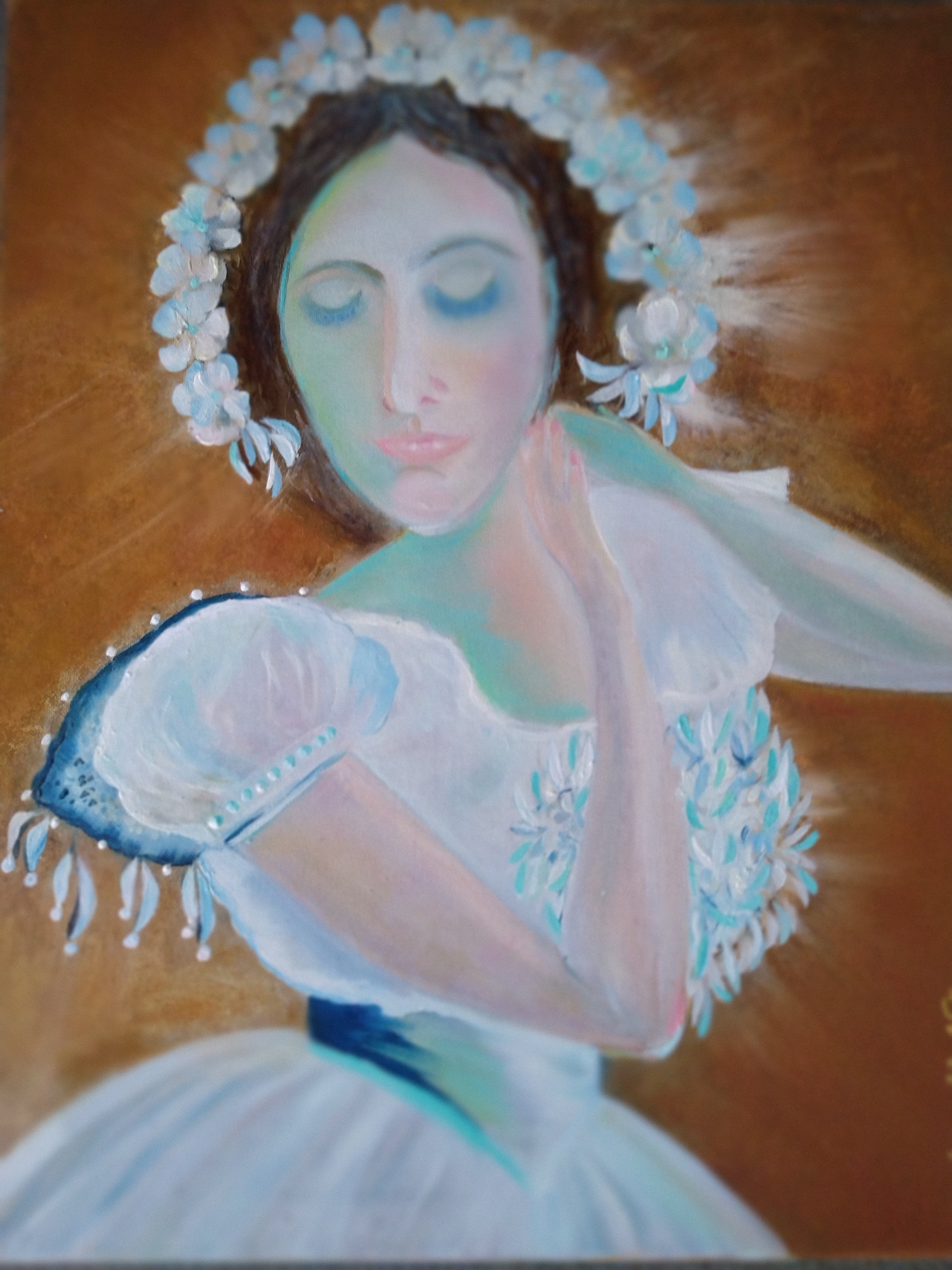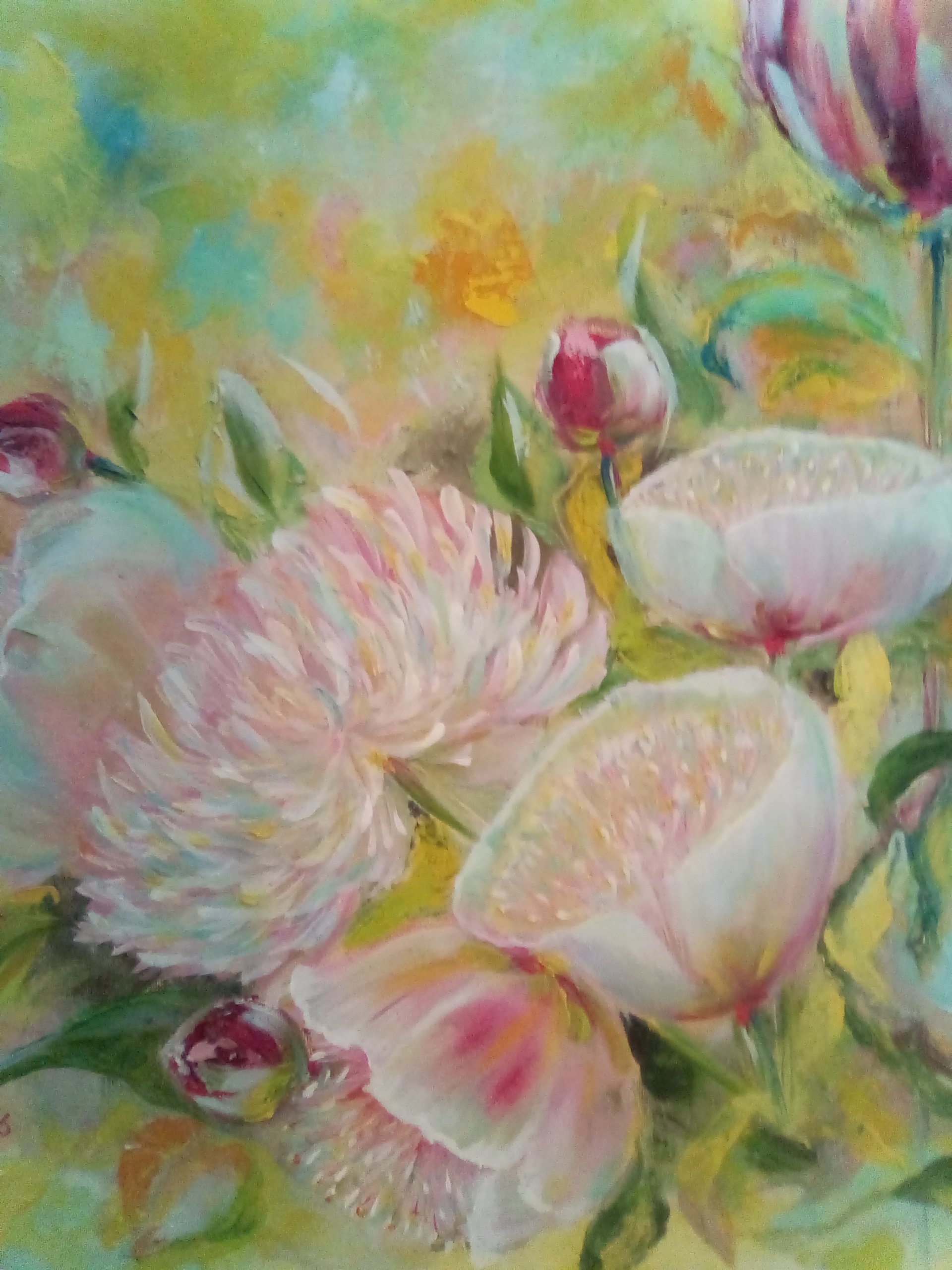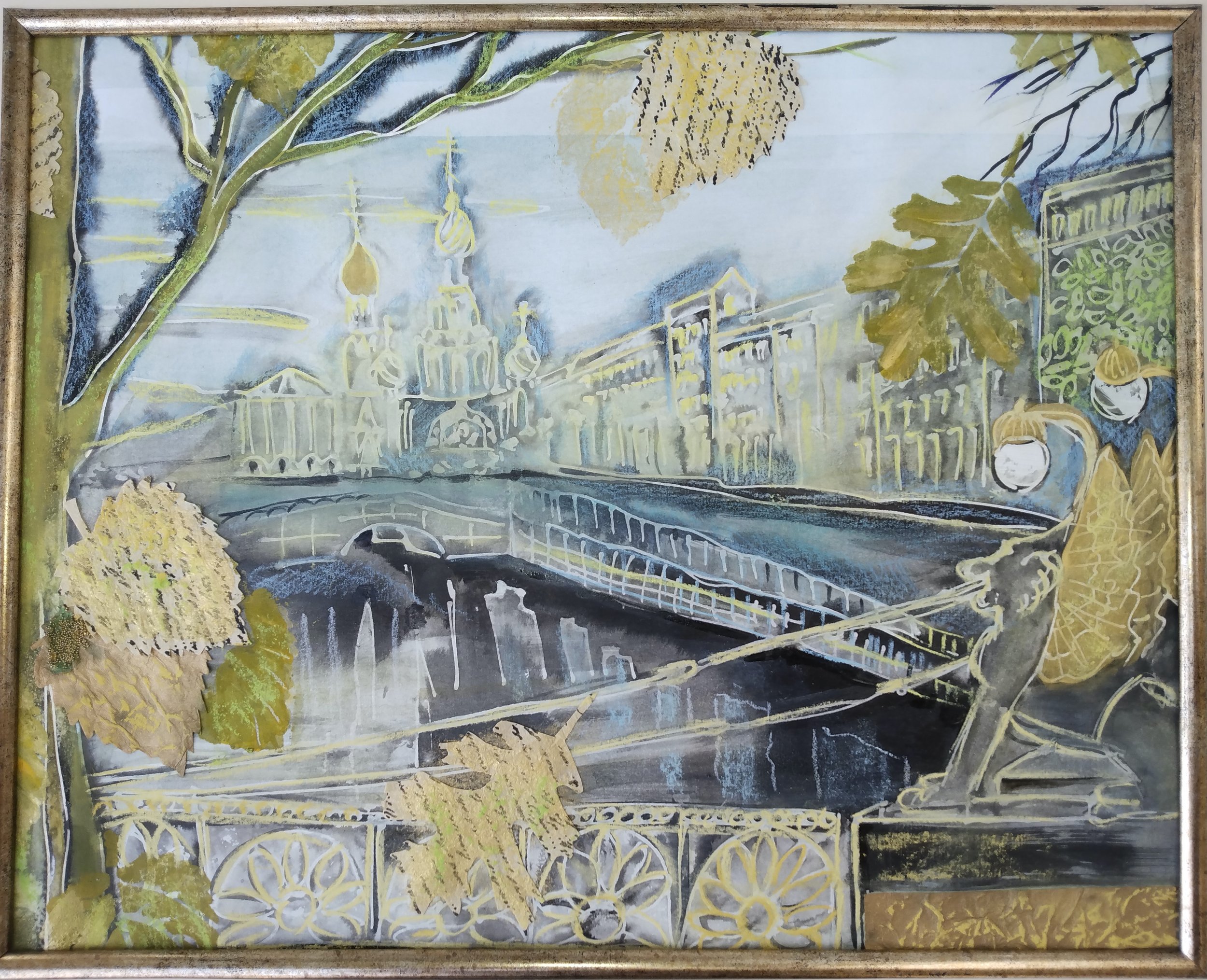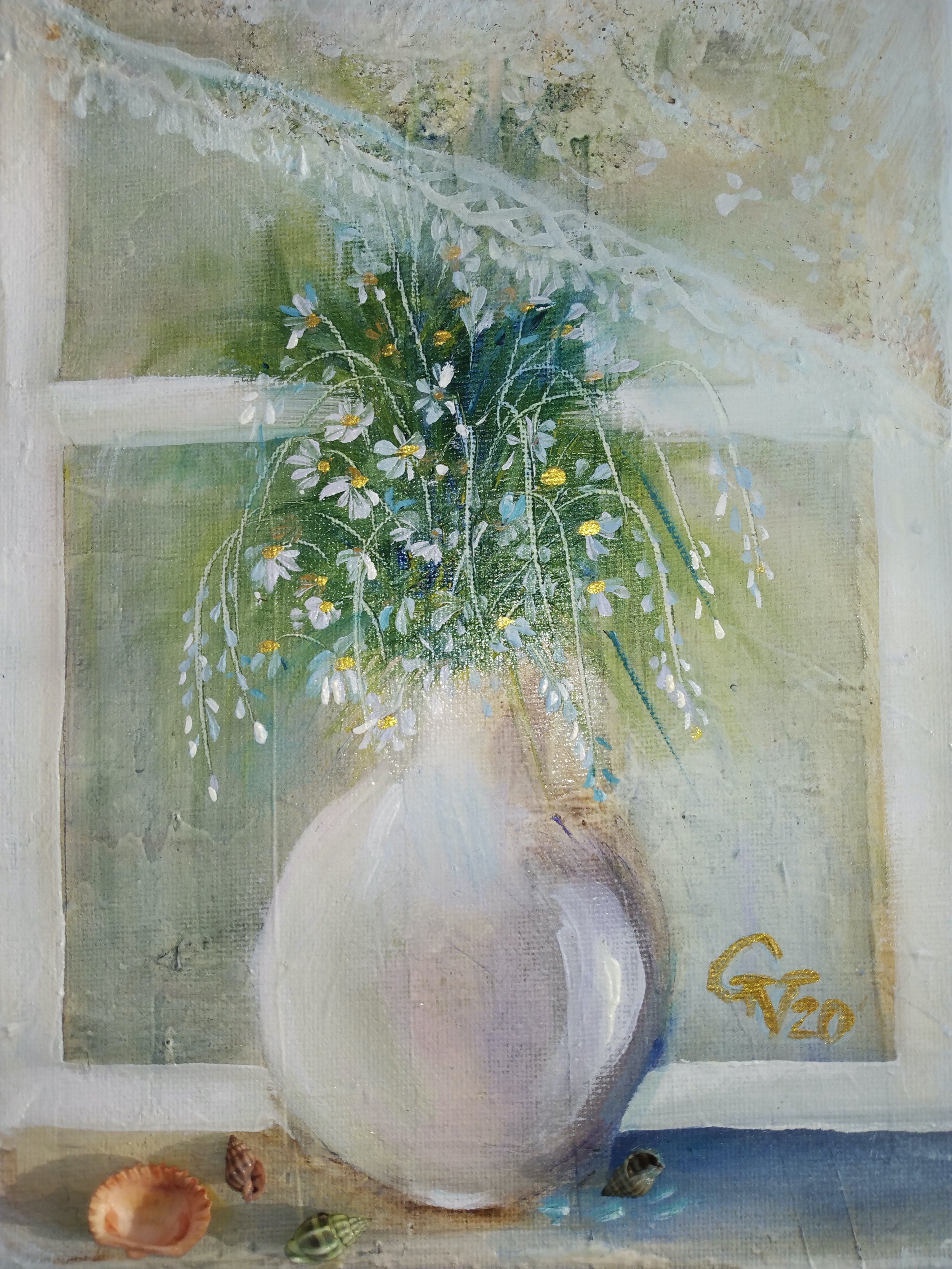Galina Vladimirovna Volkova
Artist: Oil, Pastels, Tempera, Watercolor and Mixed Media
Photography: B&W
Educator: Teaching Art I & II, Mathematics and Computer Science cources
Mathematics: Ph.D. Studies in Foundations of Mathematics (Axiom of Choice by Ernst F. Zermelo and Quantum Hypothesis), M.S./B.S. in Applied Mathematics (Quantitative Methods for Equations in Mathematical Physics), A.S. in Mathematics, Programming and Economics
Data Analytics: Walter A. Haas School of Business, University of California at Berkeley
Journalism: Publications in Poetic Movie Art Theory/History; Editor/Contributing Correspondent; Poetry
Soprano: Cathedral of the Icon of Our Lady “Joy Those In Sorrow”,San Francisco, Chorus & University of California, Office of the President, Oakland, Chorus
The artist - as Andrei Arsenievich Tarkovsky (1932-1986), one of the most influential directors of poetic cinema in the 20th century, rightly noted - in his/her creative work reflects the aesthetic impressions of childhood in an emotional sense. I grew up at the Museum of Fine Arts in a small, by Imperial scale, town of 350,000+ population. The Museum, where I had an unlimited access to all facilities including exposition halls, museum storeroom, offices of Art historians, editors and researchers, art and framing workshops, etc., possessed a fairly impressive collection of paintings, sculptures and works of applied art, differing in styles, eras, genres and performance techniques.
What do I remember from childhood? A fresco in our house, painted by my dad who had a filigree drawing technique; long walks with my mother through the alleys and parks of our hometown, which she loved so much, and in its suburbs, and learning after her to appreciate shapes, pallets, patterns, rhymes and diversity of nature; golden baroque frames stored on our terrace; a home library of parents, which I have later on replenished from any of my trips around a large country or abroad; a harmonious combination of bass-baritone and lyrical soprano as the parents sang; museum albums of art reproductions that were taller than me in my first grade at school; blossoming orchards of grandparents; a waltz in which the parents swirled; mom's desire for elegance in design and our with her admiration for the ballet; grandmother's incessant prayer and her stories about how joyful the life of our ancestors was; colors of rich harvest brought by grandfather from our land in the feather grass steppe; and the unspoken rule in the family: to fulfill everything that you undertake, with exorbitant dedication and hard work. Although the factors selected by the subconsciousness into the set are motley in their diversity, love is still unifying for them.
Aesthetically, love is the final component in the triad, containing in addition to it both hope and beauty. Hope precedes, beauty reflects, and love crowns - like by the tiara - human representation and aspiration for harmony. Harmony can be defined in different ways. Tarkovsky uses the concept of an ideal: "For a person to live without tormenting others, an ideal must exist. Ideal as a spiritual and/or moral concept of the law."
Searching for confirmations that all types of arts proceed from a single need to praise the Creator, Andrei Arsenievich discovers a piercing formula that responded in my imagination at the level of revelation: "Art is a Prayer, and this says everything. Through Art, man expresses Hope." Thus the inverse: "Everything that does not express hope is not built on some spiritual level, has nothing to do with art." Thus art has been defined in spiritual terms. If the endeavor does not carry hope, artists should not take up the brushes and pallet knives into the hand.
Celebration of Beauty, in, first of all, spiritual sense due to the nature of art, is a core concept for Visual Arts. As Edmond Burke, the 18th century philosopher, wrote: Beauty possesses “that quality of those qualities [which] cause love, or some passion similar to it.” William Hogarth in the “Analysis of Beauty” (1753) provides his illustration for a simple S-scroll entitled”Variety”. Burke, who admired it, defined “line of beauty in general to be extremely just.” And “Another principal property - Burke noticed on different subjects - of beautiful objects is, that the line of their parts is continually varying in direction…” reaching out to “to that agreeable relaxation, which is the characteristic effect of beauty.” While Mikhail Mikhailovich Fokine (1880-1942), a groundbreaking Russian Imperial Choreographer and Dancer, conceptualizing solo divertissement for Anna Pavlova, Imperial Prima Ballerina Assoluta, by music of Saint-Saens “La Vie des Animaux”, historically known as “Le Cygne” - The Swan dance- defined “beauty is limitless” and “words like “immaculate”, “spirituelle”, poured through his active brain”, wrote Gladys Malvern in the biographical novel “Dancing Star”. In Dostoevsky's novel "The Idiot," Prince Myshkin voiced - after the poet Schiller for whom "beauty is harmony”, "the harmonic development of the totality of our sensual and spiritual forces" - a meaningful formula in depth: "Beauty will save the world" and on the margins of his diary notes: "two examples of beauty," referring to the power of inner beauty as protecting force, and the physical shell of man, which is often the refuge of everything opposite to salvation. The inverse statement about beauty is contained in Dostoevsky's novel “The Possessed," dedicated to the revolutionaries: "Ugly will kill... Crimes. There are crimes truly ugly.” which prophetically responded in the 20th and 21st centuries of World History. Dostoevsky's views echo the German philosopher Immanuel Kant, who argued that "the beautiful is a symbol of moral good.” In some languages, the word “beautiful” means “red” - a color that nature is based on. According to Dostoevsky, the ever-inexorable need for [spiritual] beauty and its highest ideal, which is perceived as the "law of nature" is "the greatest mystery of artistic creative work."
Just as love transforms the everyday reality in the poem, so when harmony is being achieved by the artist in painting it manifests a transformation unto the highest aesthetic quality that attracts attention, captivates the soul and creates a desire to understand emotions shared on canvas. "Art exists for the sole purpose of helping a person soar, rise above themselves, using what we call free will.", - Tarkovsky believed. Anna Pavlova, reflecting on her successful opening night in Stockholm and tribute to her by a local crowd, asked a rhetorical question: “Why don’t they go home? Why do they wait like that?“. "They are waiting to see you…, answered the chambermaid, obviously a peasant - wrote G. Malvern - It is because, for a few hours, you’ve made them forget that they’re poor and old and tired. You’ve made them forget their humdrum lives, their pains, their fears, their worries. Why are they here, Madame? It is because you have brought joy into these people’s lives!” What does it take for an artist to be right on target? "The only thing that an artist can do to be understood is to be sincere. The only criteria are truth and sincerity”, - summarized A. Tarkovsky.
Oil painting could be referred as a 2D sculpting in hue/value/chroma on surface to restore either moment of time or point in space our aesthetic impression is derived from, or their combination. Oil, as a medium, is both flexible and sensitive, accepting freedom of choice from artists up to the degree of intuitive approach to a creative work. Sculpting, as a method, appeared in both classical (by brush stroke and/or pallet knife) and alternative oil techniques. Similar to science, the breakthrough and the most impressive results obtain often on the margins of different fields and subjects that otherwise would not be intercepted. Working long enough with oils on a white canvas, I reached the point to embark on egg tempera painting experimenting with painting techniques, materials ands surfaces to achieve desirable Medieval and early Renaissance light, transparency and delicacy of a high quality imagery.
“It’s happening!”-moments are the most exciting for artist when processes are similar to a force of nature, symbiotic in foundation, miraculous by its effect, and occurring instantaneously and flawlessly on the painting surface: a touch of Asian ink with some gouache on a wet cotton paper; pouring acrylic mix on inclining ceramic; adding a grain of salt on a wet watercolor; or light subtraction technique in tempera applications to extract shining out of darker layers. During such occurrences, the dilemma on spirituality v. rationality as a foundation of Art becomes crystal clear. Divine design v. limited human effort? Bird’s or aircraft wing? While an airplane takes us from point A to point B geographically, what captivates our eye on flying over the bay eagle? What serves as a symbol - very often on a national level - for freedom, free will, power, protection, grace and dream - everything that collectively is denoted as a beauty: a strong bird or piece of machinery?
Currently, I am working on augmentation of my floral collection of paintings (representing idea of “flowers as fragments of Heaven on Earth” - by St. John of Kronstadt and concept of the Garden by Marina Ivanovna Tsvetaeva, one of the greatest poets in the 20th century), portraits - in various techniques and materials-, and choreographic silhouettes. As I teach Art, Mathematics, and Computer Science courses, and do consulting in Data Analytics, my sketch book is always with me to capture irresistible moments in space and time that represent harmony for which our soles long always.
"Everything the artist touches - as Tarkovsky mentioned - should turn into a treasure." And more generally: "Humanity exists to create masterpieces or " hieroglyphs of Truth. " Any gift implies responsibility for it, and therefore the artist constantly remains in search of methods and ways to exceed the achievement.
galina.volkova.art@gmail.com


